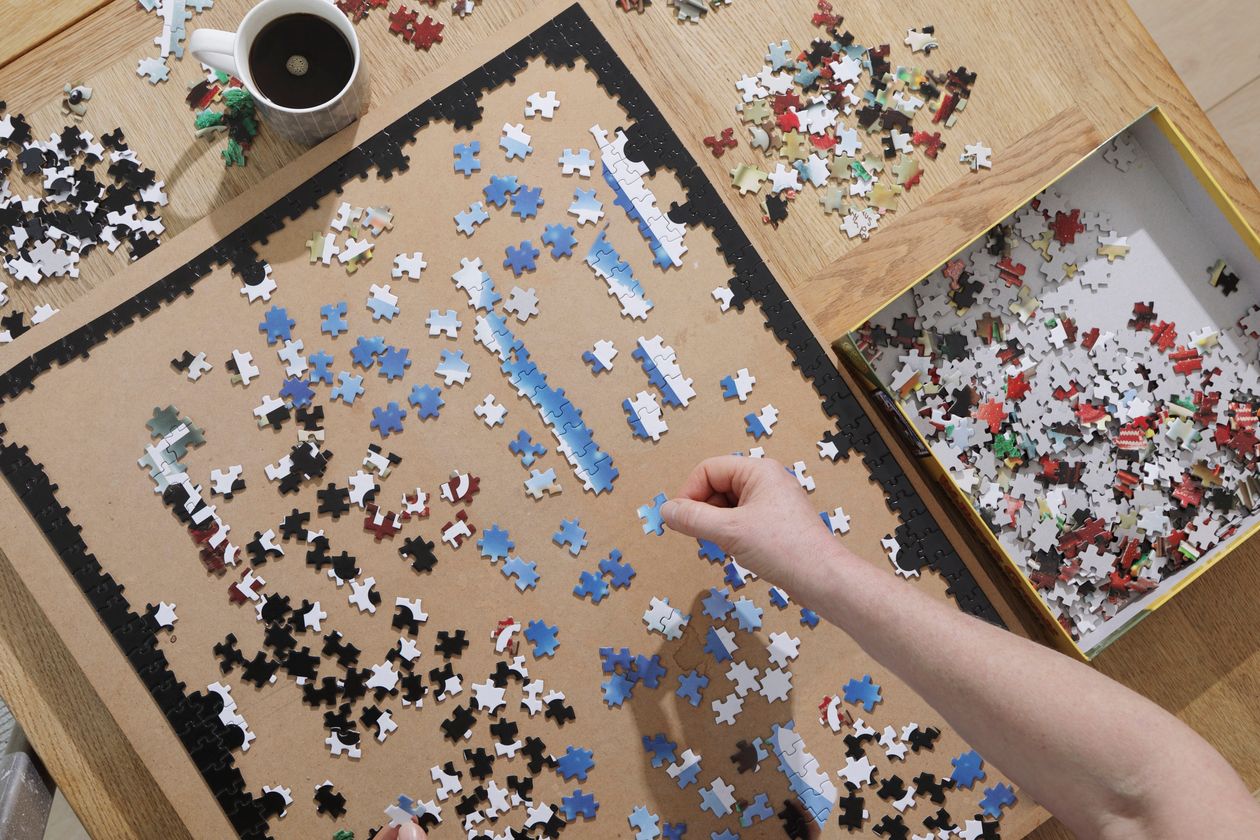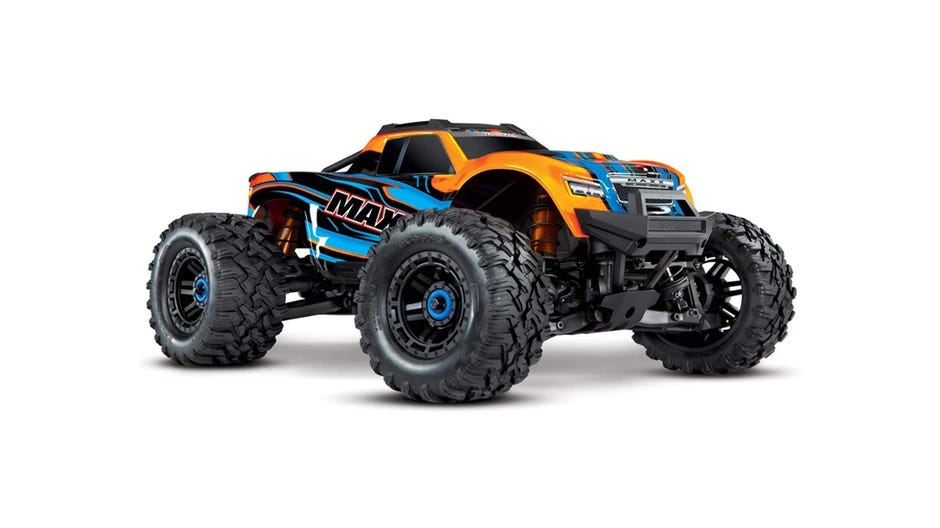
Preschoolers are too young to receive a traditional Father's Day gift, so make something for him! These are just a few ideas: Rock paperweights, handprint crafts and Popsicle-themed crafts.
Handprint crafts
Preschoolers can create a number of craft projects for dad's day together. A handprint necklace can be made for your dad by you and your little one. These are great for little hands and can be doubled as a special gift. This craft can also be used to make a handmade card.
A paperweight is another craft idea. This is a great gift for dad. This can be made with leftover paper. Consider if your father is brown-eyed. You can use the colour from the other side to make the hair and eyes. It is possible to add a photo of your child to this paperweight, and then let them decorate it using their fingerprints.

Popsicle-themed crafts
A popsicle, a traditional craft for children, is a great Father's Day gift idea. Choose a favorite picture and a magnet to decorate it. To complete the craft, you can use up eight popsicle sticks.
There are many ways to make this craft. For this simple craft, preschoolers can use glue or construction paper. Dad can see the finished product on his refrigerator.
Rock paperweights
This Father's Day craft will be a hit with preschoolers. You can make them with any rock, paint it in any way you wish, and embellish them with glitter glue, wiggly eyes, and other embellishments. You can also add a top coat of clear sealant, which will protect the finished product from the elements.
These Father's Day crafts can be made by preschoolers with minimal materials and time. You can have your child draw on the stone, or add accents with a marker pen. You can also write your own message on the rock.

DinoMite card
For Father's Day, you can let your child create a Dino Mite card. It's easy to create and takes just minutes. This will make Dad feel extra important. It can be made for grandpa, or any other father figure you love.
Print out the printable design for pre-schoolers and you can have them made. You can then color them using markers or watercolor paints on the card stock. Make a handprint dinosaurus for Dad. Happiness is Homemade offers a tutorial on how to make this project.
FAQ
What are some free resources I can use to learn more about hobbies
There are many websites dedicated to helping people discover new hobbies.
Here are some of our favorite:
www.trythisathome.com - This site provides a list of over 100 different hobbies. It also includes information on how to get started on each one.
www.hobbyfinders.org - This site offers a database of thousands of activities that you can search by interest, skill level, location, and more.
www.indiebazaar.co.uk - IndieBazaar is an online marketplace designed specifically for independent artists and musicians. The site features hundreds of products ranging from artwork to music gear.
www.pinterest.com/explore/hobbies - Pinterest is a social media network that lets users "pin" images they find interesting onto their boards. Users can create boards to group things that they like into certain categories.
www.reddit.com/r/Hobbies: Reddit, another social media platform, allows users to post links to articles and videos. Users can vote on the posts they consider most valuable.
What are collection hobbies?
The most loved collections include books, movies and music.
Also, you can collect anything: stamps, coin to cars, dolls to action figure to model kit to figurines to art materials to tools to cook utensils and jewelry to watches to jewellery to appliances to clothes to furniture or antiques to...
I believe you get the idea.
What types of hobbies are suitable for introverts?
The ability to focus on just one thing is a hallmark of introverts. They like solitude activities such as reading and writing, listening to music and watching movies.
They also enjoy spending quiet time alone. However, they don't like socializing all day. In fact, they often find themselves bored when surrounded by people.
Introverts are often drawn to hobbies that require solitude. For example, they may enjoy reading books, listening to music, taking photographs, painting, writing poetry, etc.
Introverts may even prefer to live alone. They can concentrate on their hobby without being distracted.
Statistics
- The Role of the Mind in Sex, Dating, and Love: Men in the “humor” condition received phone numbers from 42.9% of the female participants and were refused 57.1% of the time. (time.com)
- 37% Video Games 36% Travel 36% Health and Fitness (quizexpo.com)
- The intensity of the dialogue partners' bond at the end of the forty-five-minute vulnerability interaction was rated as closer than the closest relationship in the lives of 30 percent of similar students. (time.com)
- Much of this decline reflects the fact that teens are less likely to work today than in the past; among employed teens, the amount of time spent working is not much different now than it was around 2005. (pewresearch.org)
- This 100% accurate personality-analyzing hobby quiz discovers your passion based on your characteristics. (quizexpo.com)
External Links
How To
How to get started gardening
Gardening has been around since the dawn of agriculture. You need patience, perseverance, and determination. The first step in starting your own garden is choosing a location where you want to grow food. This could be on a large piece of land or in your backyard. Next, you will need to decide which type of plants are best for you. Do you prefer flowers over vegetables? Some people love to grow herbs, while others enjoy raising animals like rabbits. Before you decide which crops you will plant, consider the amount of space you have. If you live in a region that experiences cold winters then it is possible to grow fruits and berries.
After you have decided what you want to plant, it is important that you prepare the soil. It is vital that your soil is prepared properly to determine whether or not your plants will thrive. The soil should be rich in organic matter to provide nutrients for your plants' roots. Organic matter includes leaves, twigs (grass clippings), manure, compost, and manure. After you have prepared the soil, you will need to add nutrients. You will need different amounts of nutrients depending on which type of plants are being grown. To determine these values, you can use a fertilizer calculator online. There are many fertilizers to choose from, so it is important that you are familiar with the product you are using.
Now you need to wait for the seeds to germinate. The process takes between 2 weeks and 3 months depending upon the climate in your area. After your seeds sprout, it is important to water them frequently. Problems can arise if you water your plants too frequently or too little. Overwatering can cause problems. Overwatering your plants can lead to root disease and fungal infections. It is important to remember that plants will need less water in summer than in winter when watering them. Remember that some plants require drying out after being watered. For example tomatoes should be kept slightly moist and not wet. Soggy soil is not a good choice for tomatoes. After plants finish flowering, they need to go dormant. The time when plants stop producing new life and store energy for the next season is called dormancy. Dormancy is when the plant stops sending signals back to its roots for food production. Throughout this time, plants can store energy. However, the plant will die if temperatures drop below freezing or there is insufficient sunlight.
If you live in an urban environment, you may find yourself limited in the kinds of plants that you can grow. Urban areas tend to contain concrete sidewalks, roads, buildings, and parking lots that block sunlight from reaching the ground. Concrete absorbs light which blocks sunlight from reaching the ground below. This is why many plants cannot thrive in cities. However, many plants can still thrive in urban environments. Many trees, shrubs, and perennials can adapt to city living. Many annuals can be grown indoors, too, in containers. You can bring greenery inside your home all year round, regardless of the weather.
You're now ready to plant after you have chosen where and what to grow in your garden.